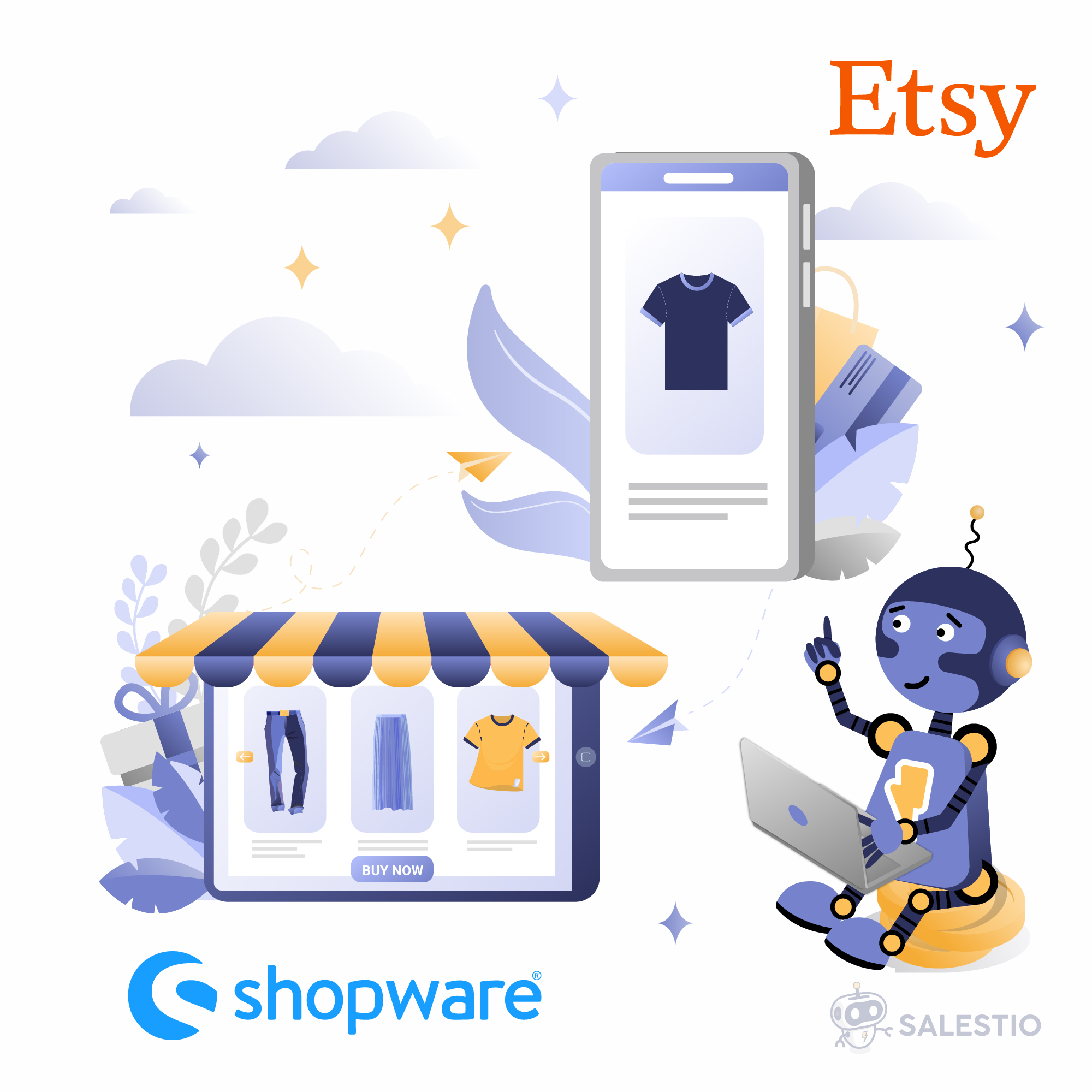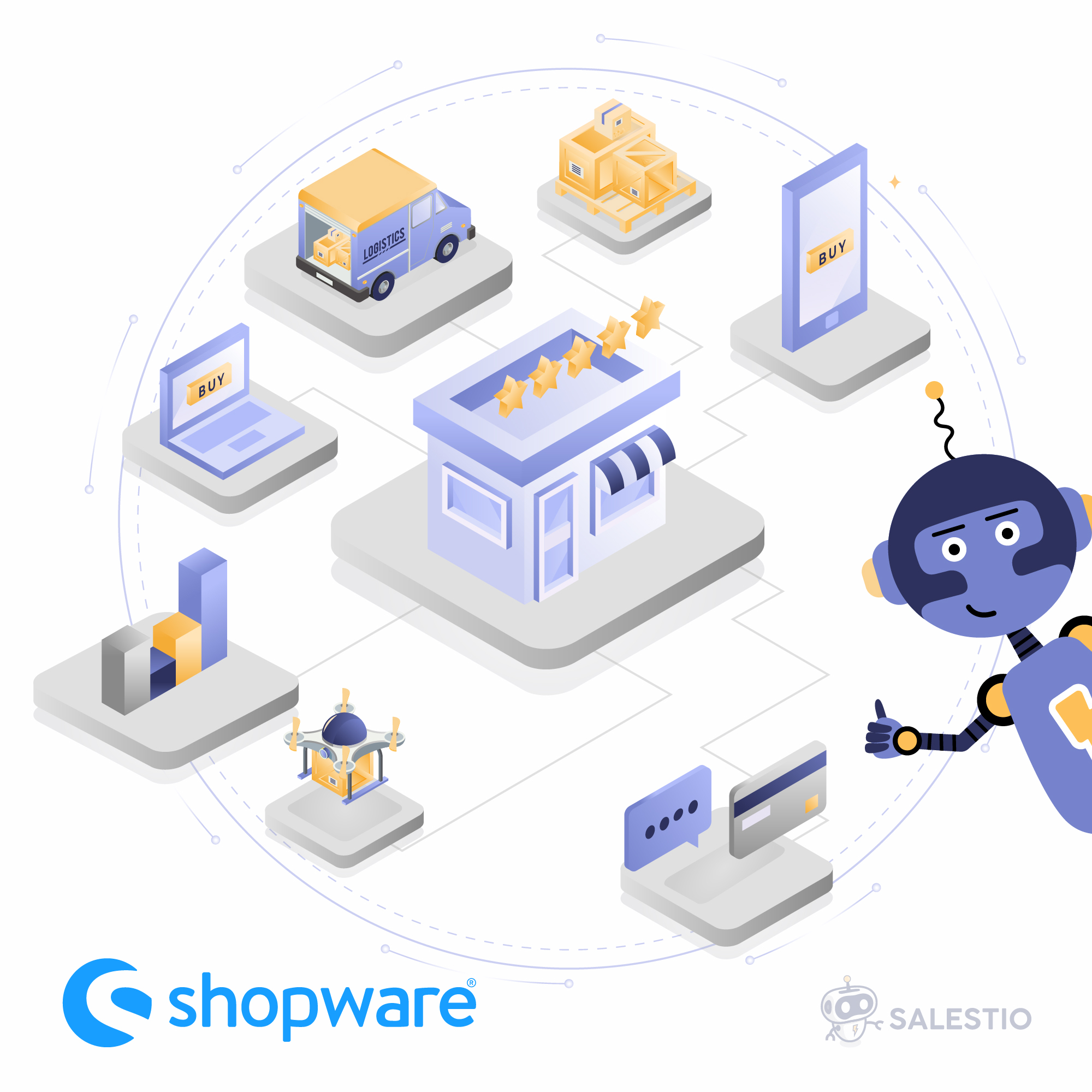18 Sep'23

When you sell on any online marketplace, you want to share as many details as possible about all the benefits of your products. This way, the buyers can see all the needed details and make better purchasing decisions.
To make your listings shine, you need to understand and use item attributes effectively. In this blog post, we’ll explain what item attributes are and why they’re essential for sellers.
What are Item Attributes?
Item attributes are details about your product, like material, style, or shape. They provide a clear picture of what you’re selling.
Why Are Item Attributes Important?
- Clear Information: Item attributes help buyers know exactly what they’re getting, which builds trust and increases the chance of a sale.
- Search Ranking: Item attributes are considered keywords by the Etsy algorithm. Accurate ones can improve your listing’s visibility.
- Filtering and Sorting: Accurate item attributes help your listings appear in relevant filters and sorts, ensuring potential customers discover your products when searching for specific features, increasing your sales potential.
How to Choose the Right Attributes
- Category Matters: Your item’s category determines which attributes you can use. Pick the most fitting category.
- Accuracy is Key: Choose attributes that describe your item well, including appearance, size, color, and unique features.
- Highlight Uniqueness: Don’t forget to emphasize any unique or distinctive qualities of your item in the attributes. These special features can set your product apart from competitors and catch the eye of discerning buyers.
- Show Sustainability: Sustainability attributes are new optional listing attributes that allow you to indicate if your items are made from environmentally conscious materials or are designed to be reusable to reduce waste.
In short, item attributes are a seller’s secret weapon on Etsy. They provide clarity, boost visibility, and improve recommendations. Don’t underestimate their power; start using them wisely to boost your Etsy success.
How to add attributes when listing a product on Etsy
When adding a listing, pick the right category first. Extended attributes are different for each category and become available after selection.
Scroll down to see the new attributes that appeared. Pick the appropriate ones and continue with the listing.
If you can’t locate a precise match for your item, opt for the most applicable attributes at your disposal. Ensure both attributes and tags are completed in your listings to enhance the discoverability of your items on Etsy.
For instance, let’s imagine you’re listing a handcrafted scarf in a unique shade, such as “ocean teal.” Yet, “ocean teal” isn’t listed as an available color attribute.
In this scenario, choose the color option that closely resembles “ocean teal,” such as “Blue.” If you discover that your distinct color label is an essential search term, consider adding “ocean teal scarf” as a listing tag to improve your item’s visibility.
Optimizing Etsy listings with Salestio
Filling out attributes for each Etsy listing can be time-consuming. When listing items with Salestio — Shopify & Etsy integration app, this work can be automated.
Mappings in the Creation profile in Salestio determine the Etsy categories where the products will be placed. For example, you can create a mapping that links all products from the “Gold Earrings” Shopify collection to an Etsy category at (Jewelry > Earrings > Chandelier Earrings). Thus, you can avoid configuring products one by one.
To add the Creation Profile, go to Salestio > Profiles > Creation profile. To start adding a Creation Profile, click the ‘Add Creation Profile’ link.
The first part of the Creation profile relates to all mappings within this profile. You can add multiple mappings to one Creation profile. The added fields from the top of the form will be applied to all mappings. Here you can specify fields like Tags, When made/Who made it, materials, etc.
Please note that Etsy has limitations on the kind of items that can be sold, so you will need care in selecting the combination of Who made it, When it is being made and What is it. If you have trouble picking, we go into more detail in this short article, so check it out.
Ensuring you utilize all 13 tags effectively while incorporating some variety (and avoiding repetitive phrases) is crucial. Consider what sets your products apart and how potential buyers might search for them. Sometimes, you may need to get creative, especially when dealing with phrases of 20 characters or less. If your desired keyword phrase exceeds 20 characters, you can still capture relevant searches by using multiple phrasal tags that contain those words.
Imagine your ideal customer is in search of “handcrafted wooden furniture with intricate carvings,” a highly descriptive query that surpasses the 20-character limit. Break down this phrase into smaller, more manageable chunks that align with potential consumer search queries. For instance, consider using tags like “handcrafted furniture,” “wooden carvings,” and “intricate design.”
These longer, descriptive phrases offer a more precise reflection of your product than individual words like “handcrafted” or “carvings.” They encompass all the terms your target customers might employ in their searches, increasing the visibility of your listings.
The main purpose of the Creation Profile is to tell under what Category your Shopify products should be listed. Salestio uses mapping to connect Shopify product types with the correspondent Etsy categories and their attributes.
To start adding a new mapping, please select the mapping condition that will be applied to identify the products in your Shopify store. The easiest way is to set the condition field to a Product Type. In this case, Salestio will use the Product Type field from your Shopify product page. You can select multiple conditions, and we suggest doing so to take full advantage of extended attributes. For example, the second condition can be product collection, which holds products with similar attributes.
In the next step, you can select the Etsy category where the products will be sold.
If your products have variations, not is the time to set it up: tick the box “Allow variation” and click “Add value” for each variation to add. Keep in mind that Etsy allows up to two variation specifics.
- Variation Theme — indicates the Etsy options with variations. If the variation option you want to add is missing from the list, you can select the “Custom Property” option.
- Variation Option — indicates the Shopify variation option that will be mapped to the selected Variation Theme.
Lastly, select the attributes available for this category:
Click “Add mapping” at the bottom of the page after configuring all attributes. Remember to click “Save changes” after adding all needed mappings.
After you add the Creation profile, go to Selling List settings (Salestio > Selling Lists > click Edit on the Selling List) and enable product creation. Here you will be able to assign the Creation profile.
That’s it! From now on, each of your Shopify products in this Selling List will take advantage of extended attributes without the extra hassle of configuring it multiple times.
Summary
Extended attributes on Etsy provide a substantial boost to customer trust and visibility of the listed items, so they are important for growing a business in the marketplace. Salestio can help greatly reduce the time required for making high-quality listings with concise information to help you boost your sales and save energy for more important things. The app offers a free 30-day trial, which you can start today: install Salestio’s Etsy Integration for the Shopify stores, directly from the Shopify App Store, or start a free trial from the Salestio website.





